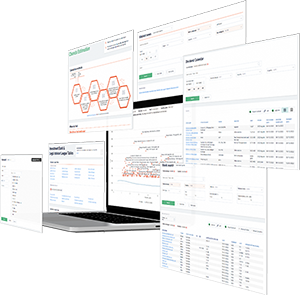Sustainability-Linked Bonds are a type of bond belonging to the environmental debt sector. They are characterized by being a type of Bond that has no restrictions on how the proceeds can be used, and are linked to (measurable) environmental performances such as, for example, the direct and indirect emissions that a company can control during exercise of its business. The issuers, therefore, undertake to achieve certain sustainability objectives within a certain period of time.
An example of Sustainability-Linked Bonds can be the
Enel issue, 2.65% 10sep2024, USD. This was characterized by a coupon of 2.65% per annum if the issuer had reached the target of 55% installed renewable energy capacity by 2021. In the event of bankruptcy, the coupon would have increased by 25 basis points until maturity.
This type of bond is becoming increasingly used and requested on the markets:
84% comes from the European, Middle Eastern and African market; but it is also getting great acclaim on the Asian and North American market. Investors are increasingly attracted to Sustainability-Linked,
even the ECB, since January 2021, has started to buy this type of asset, pushing the market considerably.
The main disadvantage remains the coupon Step-Up which remains very consistent. In fact, in the event of failure to achieve the sustainability objectives set during the bond issue phase, the coupon could become very expensive for the issuers. This leads to
two main issues: issuers show little ambition in the sustainability goals that can be achieved by going against the very nature of bonds. They do it to have the guarantee of satisfying the predetermined performances and not to pay disproportionate coupons. The second problem is that investors, to have a real profit, must hope that the company does not reach its goal and therefore triggers the Step-Up of the coupon. This goes against the principles of the responsible investor.
To avoid these problems, the
European Commission published the first version of a regulation that should govern the energy, manufacturing, transport, construction and forestry sectors. The goal is to set sustainability parameters within which issuers must fall in order to be able to issue Sustainability-Linked Bonds. This will help increase the credibility of the bond market linked to sustainability, but at the same time reduce the flexibility typical of these securities.
Bond Screener
Watchlist
Excel Add-in
API




















